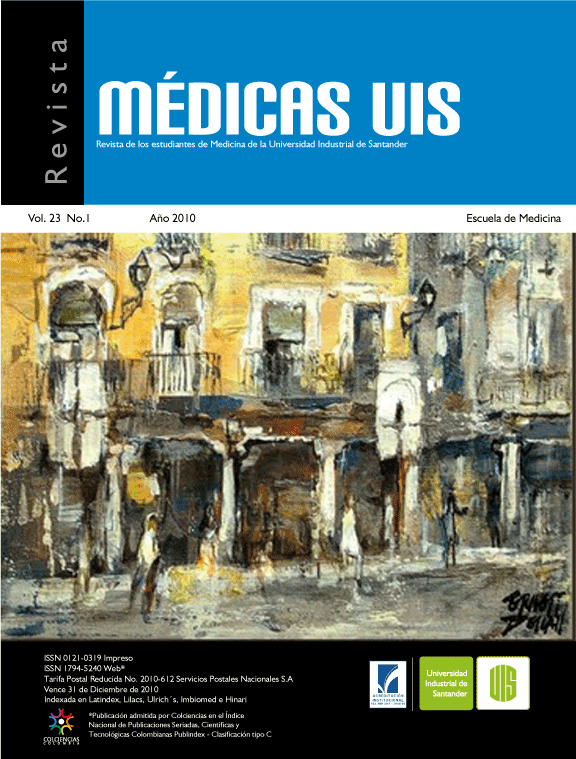Abstract
OBJECTIVE: to determine overcharge syndrome in primary caretaker of elderly population prevalence, and associated factors, in a sample of Instituto Mexicano del Seguro Social (IMSS) users, Cardenas, Tabasco.
MATERIAL AND METHODS: cross-sectional and analytic design.
UNIVERSE: primary caretakers of eldery population IMSS users, finite and indeterminate number. Sample: no randomized adjusted for convenience.
INCLUSION CRITERIONS: age ≥18 years, any gender, without cognitive diseases neither physic disabilities that goes accompanying elderly population to receive attention in IMSS units during January-May 2008, accept participate and signed informed consent.
VARIABLES: sociodemographics, economics, family functionality perception, caretaker overcharge syndrome.
INSTRUMENTS: Family Apgar, Zarit & Zarit Scale.
ANALYSIS: descriptive statistic, odds ratio (OR) with 95% of confidence (p≤0,05).
SOFTWARE: SPSS® version 10,0. Results: 100 caretakers, 69% females, 31 males. Mean age 40,2±12,8 years, minimum 18, maximum 75. Overcharge syndrome prevalence 15 X 100 caretakers.
ASSOCIATED FACTORS: single civil status OR 24,89 (CI 95 7,92-78,18), low scholar lever OR 30,96 (CI 95 10,27, 93,33), family dysfunction OR 9,08 (CI 95 2,36, 34,90), united civil status OR 0,04 (CI 95 0,01-0,13), medium-high scholar level OR 0,03 (CI 95 0,01-0,10), functional family OR 0,11 (CI 95 0,03-0,42).
CONCLUSIONS: the syndrome prevalence is lower compared with similar reports, while that the associated factors according with the reported for other authors. Wider studies are required for better conclusions.
Key words: Elderly. Family. Stress.
References
2. Zúñiga-Herrera E, García-López JE, Partida-Bush V. Mortalidad de la Población de 60 años y más. La situación demográfica en México. México D.F., México. 2004.
